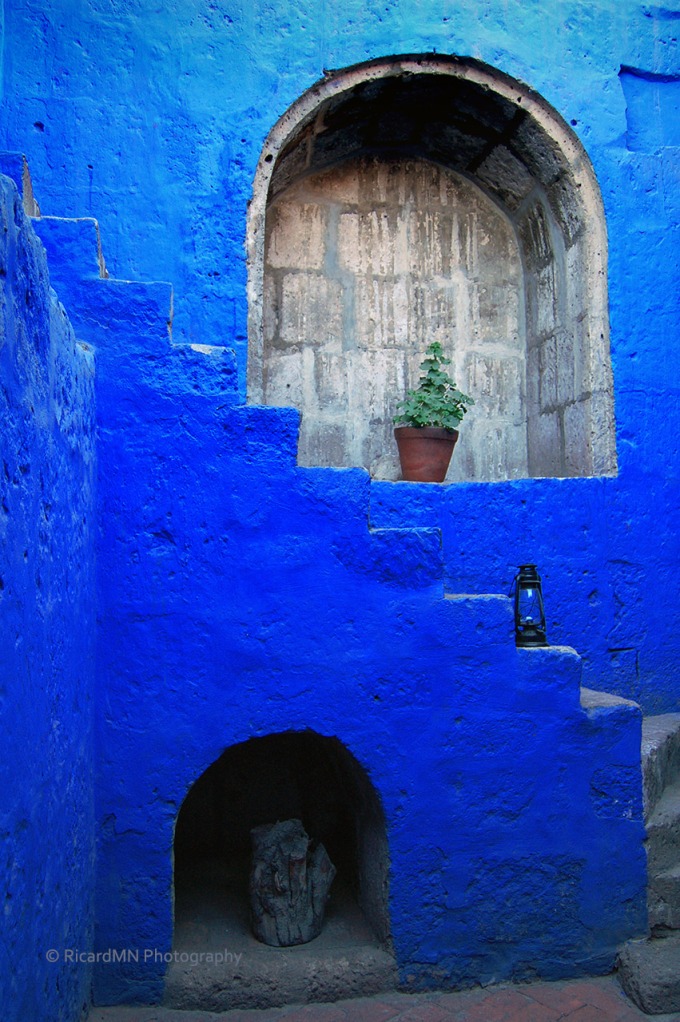The Benedictine Abbey of Saint-Germain-des-Pres, just beyond the outskirts of early medieval Paris, was the burial place of Merovingian kings of Neustria. At that time, the Left Bank of Paris was prone to flooding from the Seine, so much of the land could not be built upon and the Abbey stood in the middle of fields, or pres in French, thereby explaining its appellation.
The Abbey was founded in the 6th century by the son of Clovis I, Childebert I (ruled 511-558). Under royal patronage the Abbey became one of the richest in France; it housed an important scriptorium in the eleventh century and remained a center of intellectual life in the French Catholic church until it was disbanded during the French Revolution. An explosion of saltpetre in storage levelled the Abbey and its cloisters, the statues in the portal were removed and some destroyed, and in a fire in 1794 the library vanished in smoke. The abbey church remains as the Eglise de Saint-Germain-des-Pres, Paris.
Prints/greeting cards – RicardMN Photograpy’s Facebook Page – RicardMN Photography’s Pinterest







